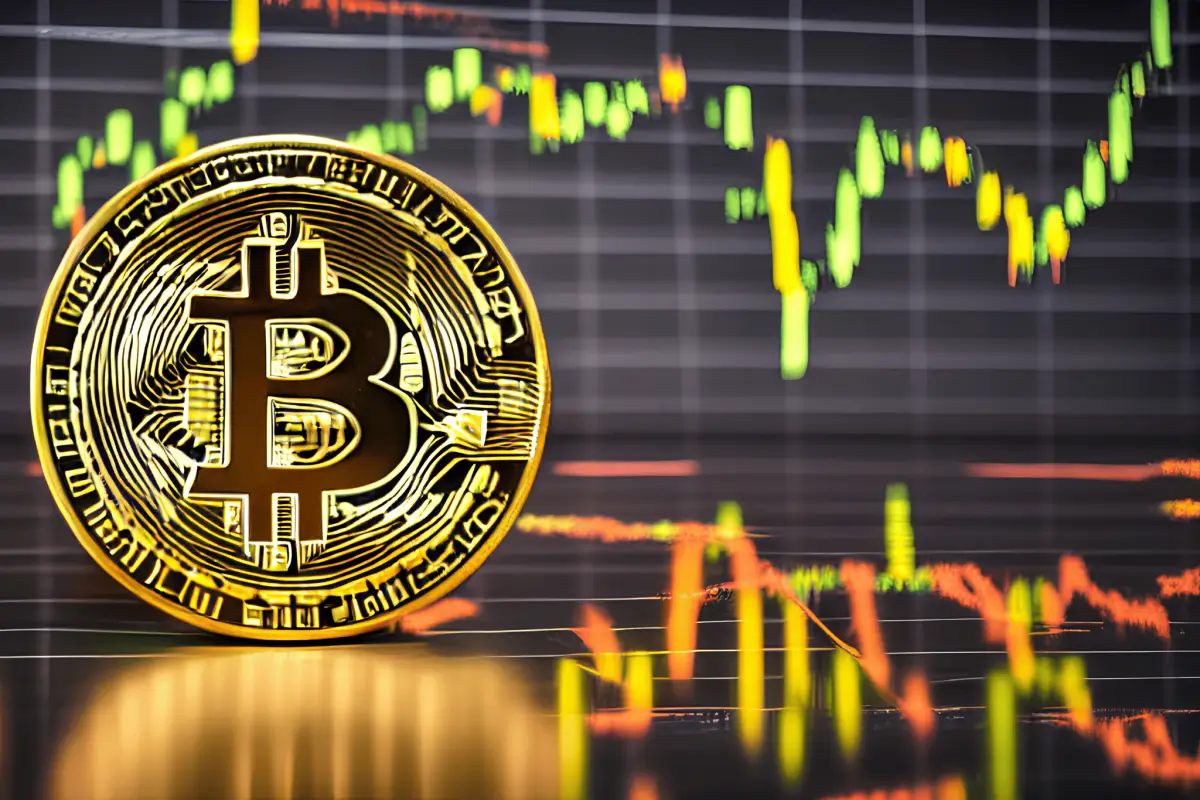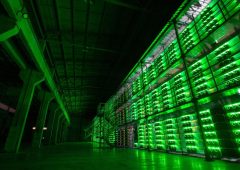Fed Pivot May Trigger Massive Bitcoin Rally, Warns Expert
08.05.2025 21:00 1 min. read Alexander Stefanov
Dan Tapiero, a seasoned macro investor and hedge fund manager, sees potential for a significant Bitcoin surge if the U.S. economy hits a downturn that pushes the Federal Reserve toward aggressive rate cuts.
In recent social media comments, Tapiero highlighted the drag that trade tensions are placing on both the U.S. and Chinese economies. He suggested that just as China has begun easing its monetary policy, the Fed could follow with a sharp reduction in interest rates — possibly by 250 basis points — if growth stalls.
Such a move, Tapiero speculates, could propel Bitcoin past $200,000, more than doubling its current price near $100,000.
His outlook follows fresh action from China’s central bank, which trimmed short-term lending rates from 1.5% to 1.4% and reduced the reserve requirement for banks.
The latter is expected to inject around $138 billion into the financial system, boosting liquidity in an effort to support growth.
Tapiero has previously pointed to bleak consumer sentiment in the U.S., which he says now mirrors the pessimism of the 2008 financial crisis. In his view, a weakening dollar and falling rates could act as a catalyst for Bitcoin, as traditional fiat currencies continue to lose purchasing power.
-
1
Trump-Linked Truth Social Pushes for Bitcoin-Ethereum ETF as Crypto Strategy Expands
25.06.2025 19:00 2 min. read -
2
Bitcoin Hashrate Declines 3.5%, But Miners Hold Firm Amid Market Weakness
27.06.2025 21:00 2 min. read -
3
Bitcoin’s Price Closely Mirrors ETF Inflows, Not Corporate Buys
26.06.2025 11:00 2 min. read -
4
Crypto Company Abandons Bitcoin Mining to Focus Entirely on Ethereum Staking
26.06.2025 20:00 1 min. read -
5
Bitcoin ETF Inflows Hit $2.2B as Market Calms After Ceasefire
25.06.2025 17:00 1 min. read
Peter Schiff Warns of Dollar Collapse, Questions Bitcoin Scarcity Model
Gold advocate Peter Schiff issued a stark warning on monetary policy and sparked fresh debate about Bitcoin’s perceived scarcity. In a pair of high-profile posts on July 12, Schiff criticized the current Fed rate stance and challenged the logic behind Bitcoin’s 21 million supply cap.
Bitcoin Price Hits Record Highs as Exchange Balances Plunge
A sharp divergence has emerged between Bitcoin’s exchange balances and its surging market price—signaling renewed long-term accumulation and supply tightening.
What’s The Real Reason Behind Bitcoin’s Surge? Analyst Company Explains
Bitcoin touched a new all-time high of $118,000, but what truly fueled the rally?
Bitcoin Lesson From Robert Kiyosaki: Buy Now, Wait for Fear
Robert Kiyosaki, author of Rich Dad Poor Dad, has revealed he bought more Bitcoin at $110,000 and is now positioning himself for what macro investor Raoul Pal calls the “Banana Zone” — the parabolic phase of the market cycle when FOMO takes over.
-
1
Trump-Linked Truth Social Pushes for Bitcoin-Ethereum ETF as Crypto Strategy Expands
25.06.2025 19:00 2 min. read -
2
Bitcoin Hashrate Declines 3.5%, But Miners Hold Firm Amid Market Weakness
27.06.2025 21:00 2 min. read -
3
Bitcoin’s Price Closely Mirrors ETF Inflows, Not Corporate Buys
26.06.2025 11:00 2 min. read -
4
Crypto Company Abandons Bitcoin Mining to Focus Entirely on Ethereum Staking
26.06.2025 20:00 1 min. read -
5
Bitcoin ETF Inflows Hit $2.2B as Market Calms After Ceasefire
25.06.2025 17:00 1 min. read


